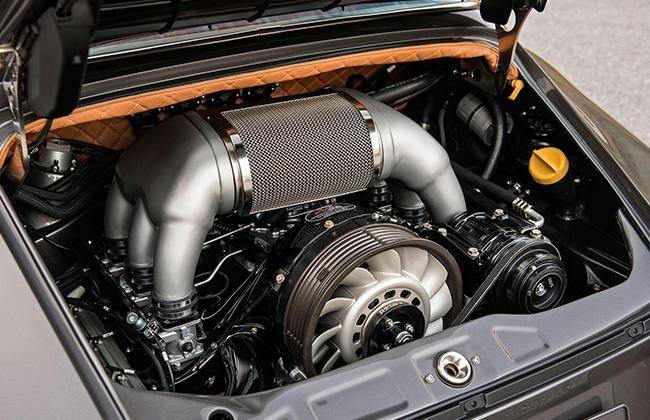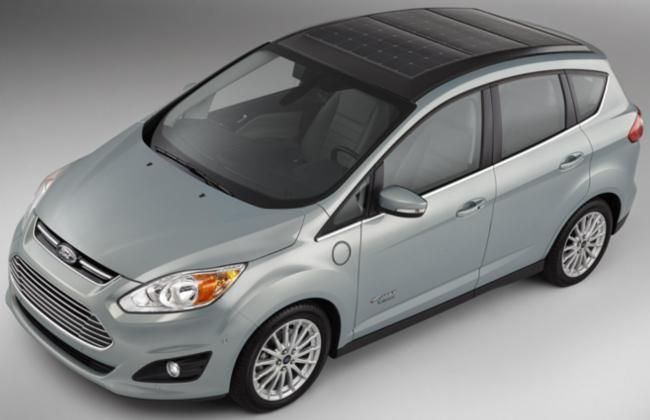Technical Aspects: Engine Cooling System (Direct Air Cooling)
Modified On Apr 06, 2016 05:44 PM By Sahib
- Write a comment

The temperature developed within the cylinder of engine during the combustion of fuel is very high (about 2000 to 2500° C). A large amount of heat is absorbed by cylinder walls and other components, but if it is not not dissipated, the surfaces of the combustion chamber will be very hot resulting in pre ignition. Such a condition would offer loss of power and rough running. So, a cooling system is required to keep the engine temperature within the desired working temperature range. Too much cooling is also not desirable as it would affect thermal efficiency.
Direct Air Cooling:
This type of cooling system is generally used in engines fitted on motorcycles, scooters, three wheeler etc. This system allows air to directly make contact with the surface of engine. Heat radiation from the engine surface into the air stream helps in dissipation of heat.
Background/Development:
- NSU Prinz 1000 launched in 1963 was world’s first car to incorporate air-cooling.
- In 1964, Porsche 911 was fitted with most advance and ironic air-cooled engine.
- Citroen GS was the last mass-produced automobile installed with air-cooled engine.
Technical facts:
1. Air cooled engines are provided with fins on the outer surface of cylinders and cylinder heads. A fin is a simple surface extension from an object. These fins help in increasing the amount of heat radiated from the surface into the air stream. In short, fins help in better cooling.

2. Air cooling systems use centrifugal fan/blower usually mounted to the crankcase, in order to increase air flow over fins so that more dissipation of heat takes place.
3. Since these engines do not use coolant/water, the problem of cold weather maintenance is eliminated. It can perform at the same level in cold conditions too.
Influence of Fin Design on Heat Transfer:
There are various parameters like number of fins, shape of fins, thickness of fins etc. that directly or indirectly influences the heat transfer from engine body to the air stream. Better fin design improves efficiency and performance of air cooled engine. Other technical insights are discussed below:

1. As the thickness of fin is increased, the reduced gap between fins results in better swirling of air. This helps in increasing heat transfer by convection specifically at higher vehicle speeds because this would allow more turbulent swirling of air.
2. But we can’t just make fins thicker as it would increase body weight. Increased weight would directly affect the performance of engine.
3. If we use comparatively thinner fins due to above mentioned fact, we can still maintain strong air turbulence in between them by increasing the number of fins on engine body.
4. By changing shape of fins from rectangular to curved/circular, overall body weight reduces which helps in better efficiency and better heat transfer rate.
Advantages of Air Cooled Engine:
- Less weight as compared to liquid cooling system. This leads to better performance.
- Simple design as there is no coolant pump, radiator and other accessories.
- No coolant leakage problems.
- Able to operate at a higher temperature than a water cooled engine.
- Lesser cost as compared to liquid cooling.
Disadvantages of Air Cooled Engine:
- With such a system it is difficult to maintain uniform temperature among various components. Hence, it fails to keep engine temperature in the optimum range.
- Fan/blower absorbs engine power and reduces its effective power output.
Also Read: Technical Aspects: Muffler/Silencer
1 out of 1 found this helpful










